The Paramount Importance of Safety Management in Aviation
Other · 3 min read
Whether you are planning a trip or just dreaming of one, check our recommendations for the best airlines to fly to Japan!
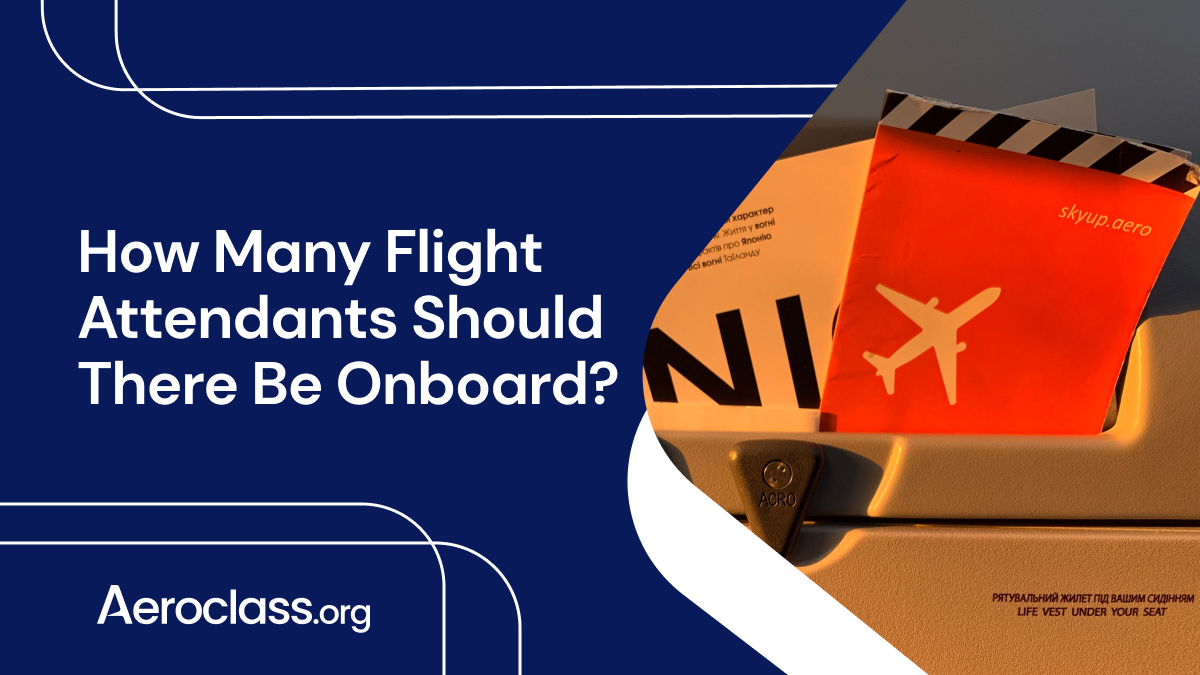
Members of flight crews have a unique role in the airline industry. Full-service airlines need flight attendants to sustain their operations and contribute to the customer experience during flights.
However, the role of flight attendants is not limited to offering in-flight meals and beverages. To maintain passenger safety standards, it is crucial to regulate how many flight attendants are on a plane. It is hard to take note of the number of cabin crew members in a flight, as we mostly focus on how many cabin crew are in our section of the cabin.
In this article we will discuss the most important factors that decide the number of flight attendants on a typical flight.
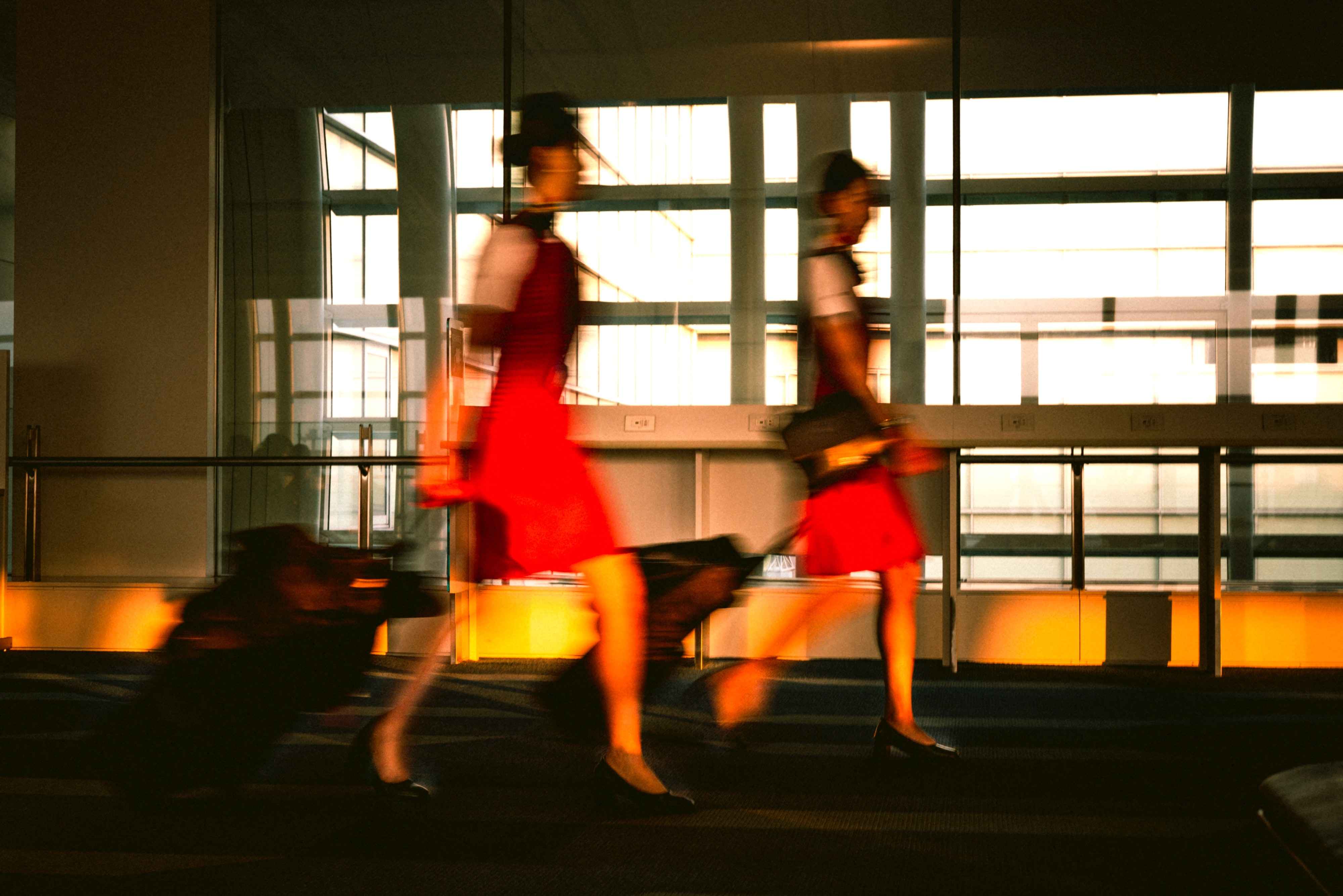
The need for having a minimum number of cabin crew exists because of various factors pertinent to flight operations. Let’s take a look at some of them.
There is a need for a specific number of cabin crew to ensure smooth airline operations. Airlines need a given number of flight attendants to make sure that all passengers on the plane are comfortable and serviced throughout the flight duration.
However, most airlines seek a balance between the number of flight attendants and the cost of operating the plane. More crew members make passengers more comfortable but drive up the cost of flight operation.
Additionally, a minimum number of flight attendants is necessary to promote passenger safety during flights. In case of accidents or incidents, emergency evacuations may be necessary. The International Civil Aviation Organization (ICAO) has set passenger safety standards about how to safely evacuate an aircraft and the optimal amount of crew to guide the passenger through the procedure.
The standards detail the role of cabin crew during aircraft evacuation such as handling emergency equipment, offering directions to passengers, and guiding the process. In some bigger flights, a minimum number of flight attendants might be needed to ensure emergency evacuations occur smoothly.
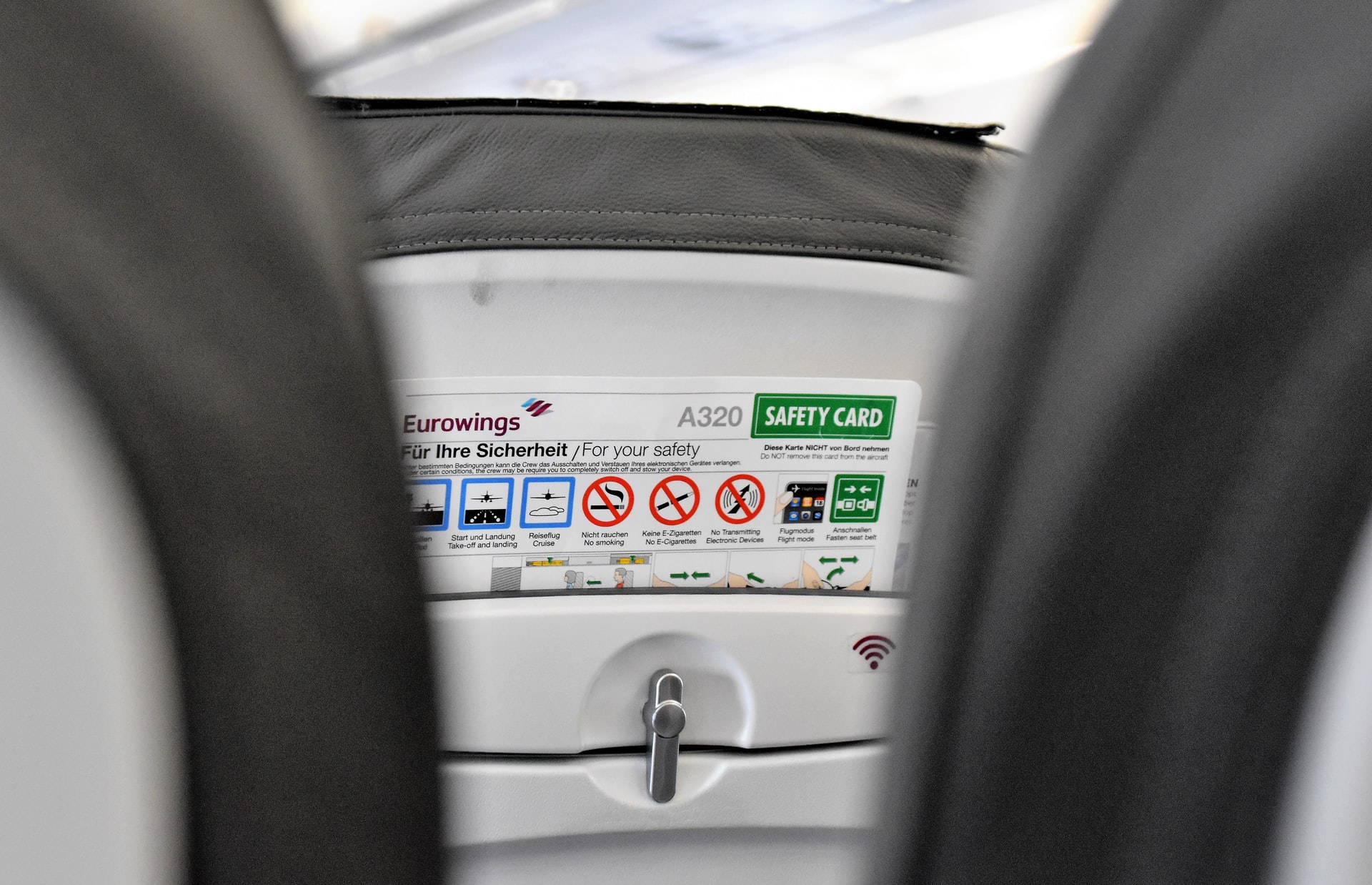
Now that we have looked at the basic needs that might determine the number of flight attendants on a flight, let us look at the specific factors that influence precisely how many flight attendants are needed on each aircraft. Planes have a different need of flight crew members depending on the following factors.
The size of a plane directly determines the number of flight attendants needed on the plane. Foremost, the size of the aircraft determines the number of passengers it will have.
Consequently, it influences how many flight attendants are necessary to offer in-flight services to the passengers. Generally, there should be 1 additional flight attendant onboard for every 50 passengers.
Secondly, the size of the aircraft determines its capacity to support cabin crew members. Flight attendants have sleeping compartments on the plane and the size of the aircraft determines the number of sleeping compartments, influencing how many flight attendants can be on the plane.
The duration of the flight also influences the number of flight attendants on the plane. Of course, the flight duration is directly related to the size of the plane, so longer flights with bigger aircraft will always have a number of attendants.
However, most airlines use smaller aircraft for short-haul flights and larger aircraft for very long flights or long-haul flights, especially international flights.
Because they work shifts, the number of stewards and stewardesses goes up flight attendants have mandatory breaks, just like pilots, during long-haul flights. Uninterrupted service during long-haul flights is mandatory as an emergency or simple requests can arise at any point in time. So, long- and ultra-long-haul flights can have anywhere from 8 to 14 flight attendants on board.
The other factor affecting the number of flight attendants on board a plane is the class. Business class and first class have a higher number of flight attendants than economy cabin irrespective of how many passengers are on board.
However, there is no specific requirement for a number of crew in higher end compartments of an aircraft, so most of the time the airline will follow flight length and aircraft type requirements.
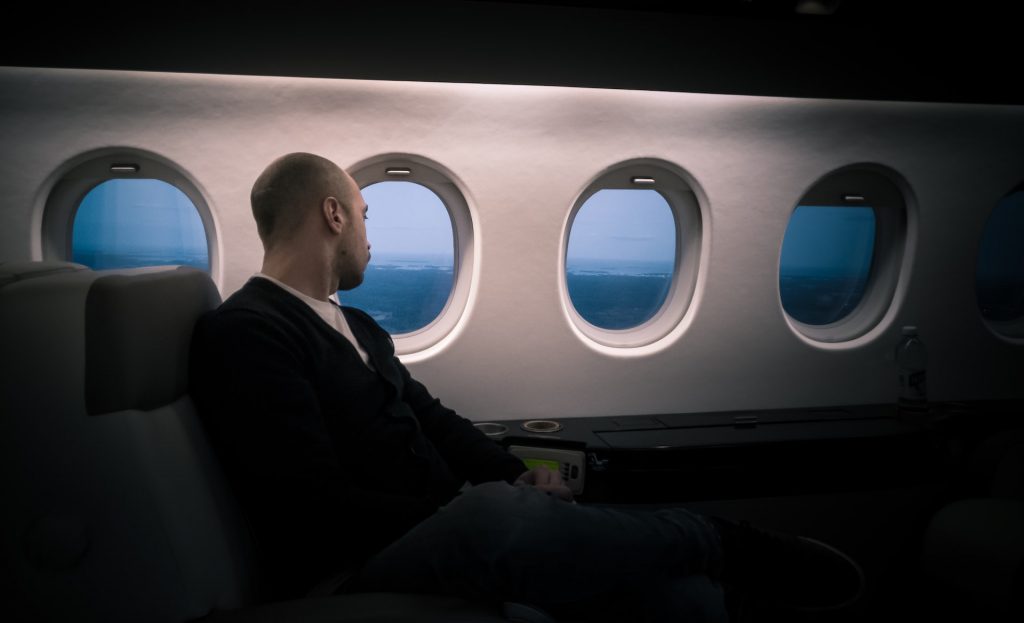
The last factor influencing how many flight attendants are on a plane is regulation. Regulation by the Federal Aviation Administration sets the legal minimum number of flight attendants on board a plane. Regulation by the federal aviation administration is as follows:
The regulation indicates that the number of passengers is crucial in determining the legal minimum number of flight attendants required on a plane.
Flights with more passengers have more flight attendants while those with fewer passengers have fewer flight attendants. Moreover, light planes have less crew members.
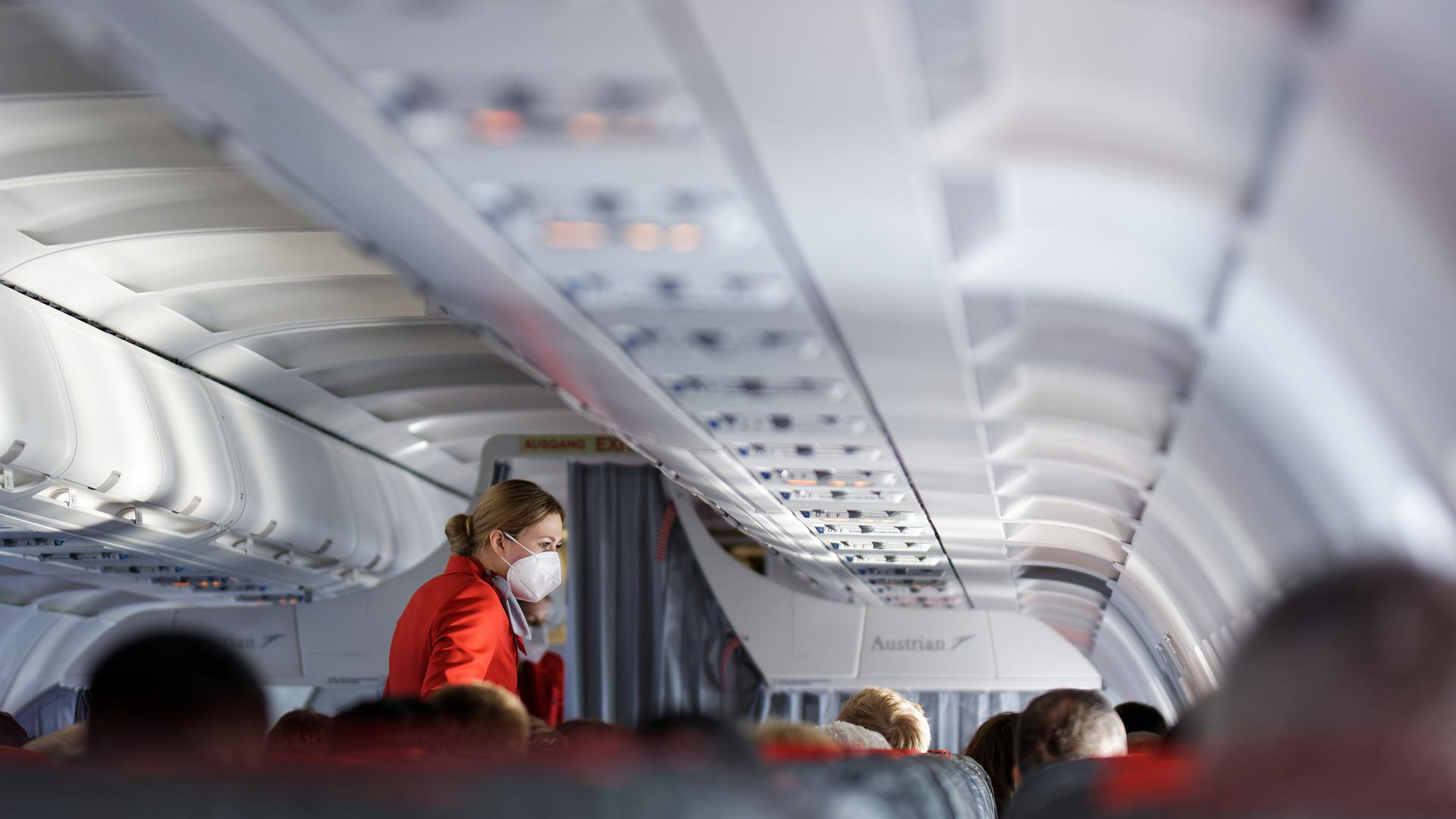
Despite the legal minimum requirement of flight attendants on board a plane, airlines like American airlines have more flight attendants on board. Airlines make a profit and retain customers by offering excellent services to them, so having more staff servicing the clients is always desirable.
Therefore, airlines have more cabin crew than the required minimum to increase the quality of service offered to customers. Additionally, having more flight attendants is necessary on long haul flights to ensure that cabin crew get enough rest time during the flight and before the next flight.
Stewards and stewardesses are undoubtedly a vital part of a flight as they have a long list of duties to make sure the flight outside of the cockpit is operating without hick-ups. That is why is it absolutely crucial to have a required number of flight attendants onboard for every flight. You wouldn’t like for your emergency evacuation to go south, right?